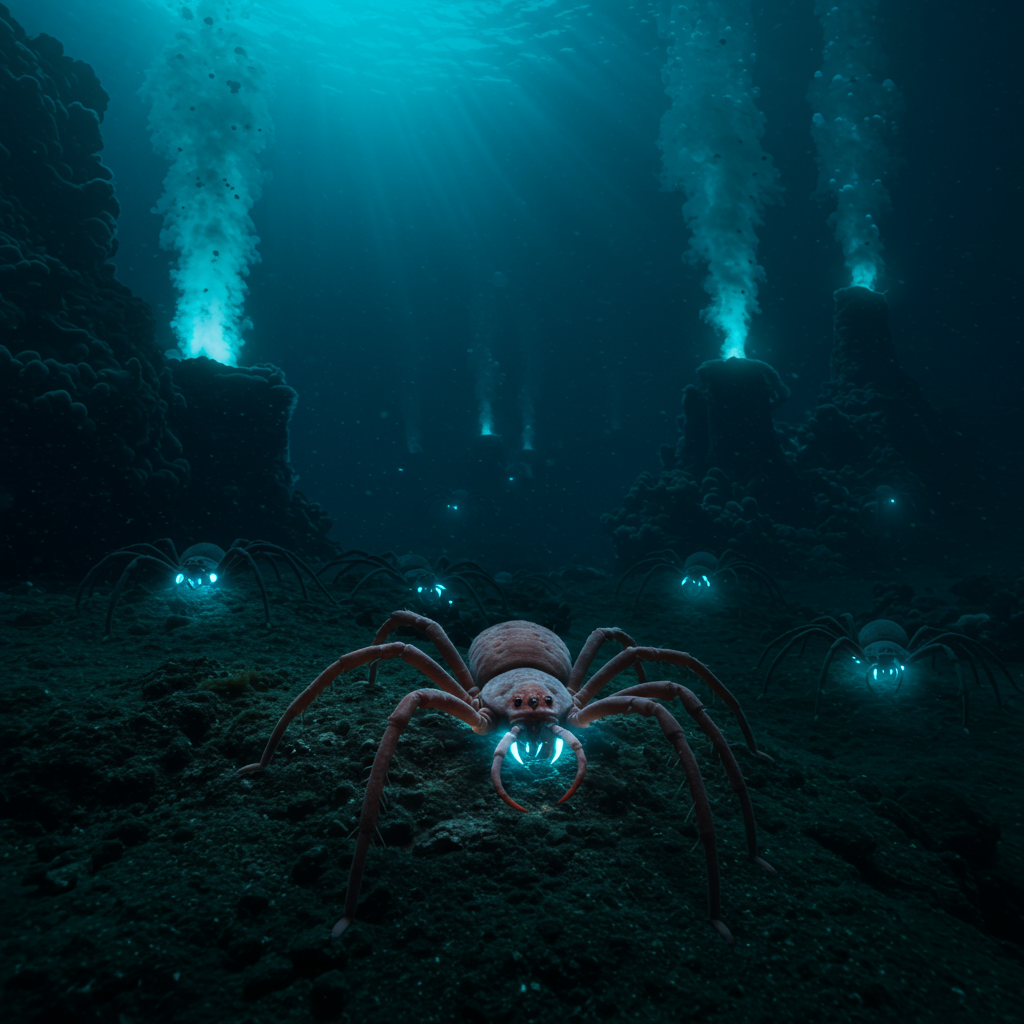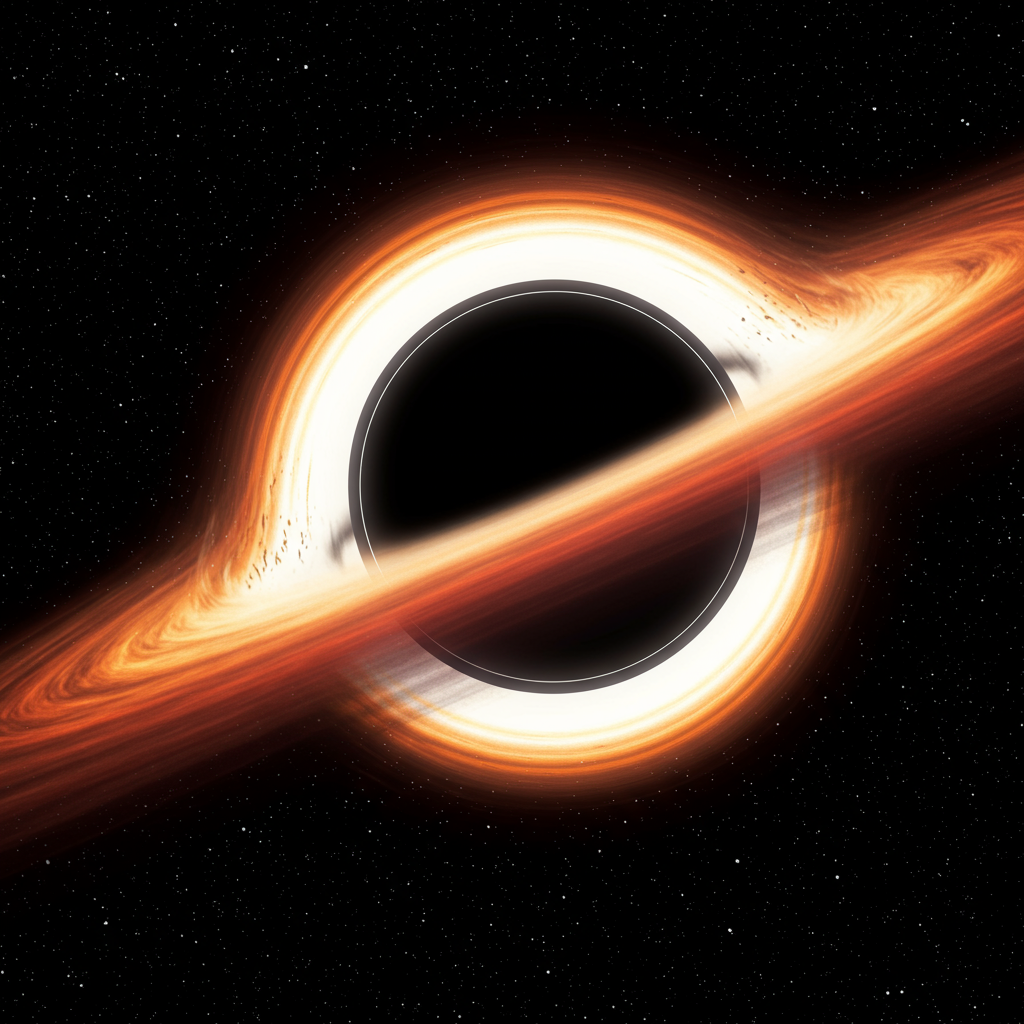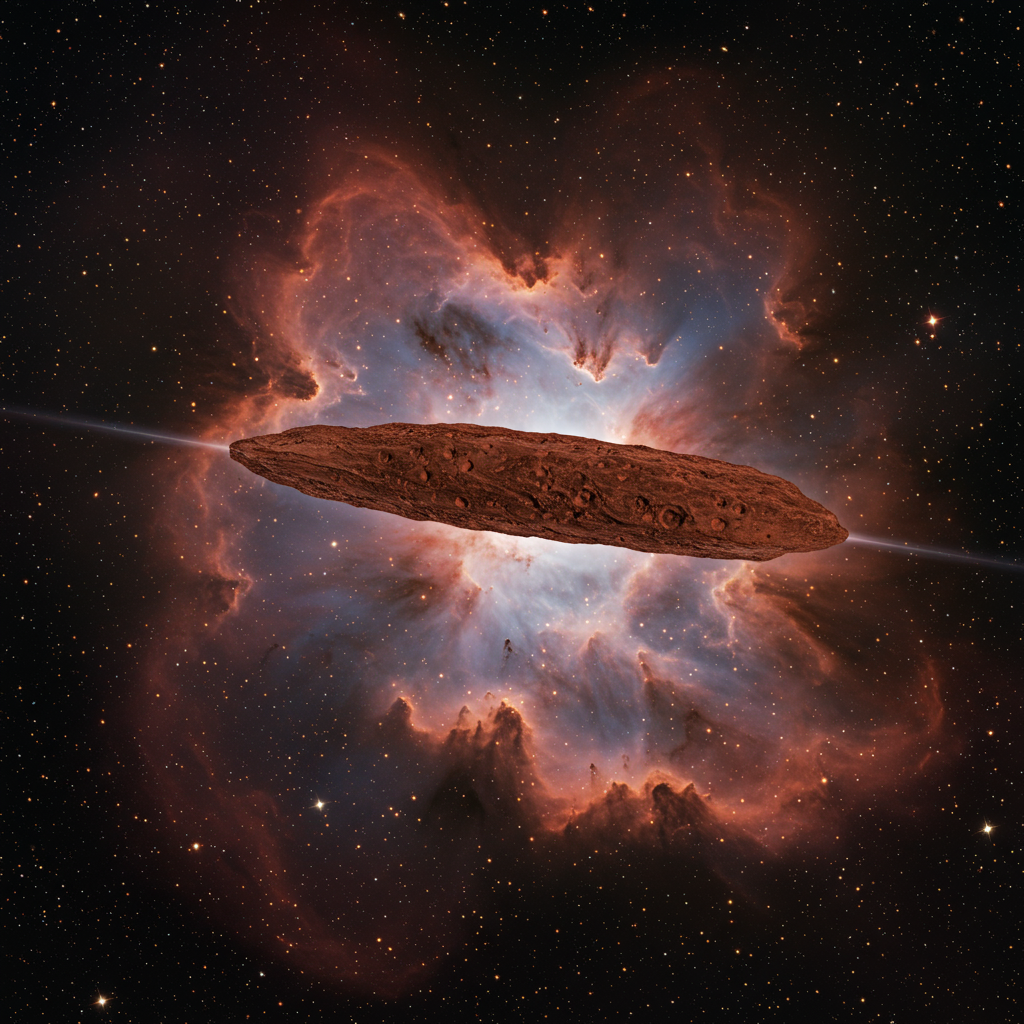The deep sea, a realm of crushing pressure and perpetual darkness, continues to unveil astonishing forms of life. Scientists have recently added three fascinating new species to the roster of marine inhabitants: sea spiders discovered thriving on the ocean floor with a unique, “methane-powered” diet.
These newly identified arthropods were found living in extreme deep-sea environments off the coasts of California and Alaska, dwelling at depths ranging from 600 to 1,200 meters (roughly 2,000 to 4,000 feet). Collected using a submersible, they belong to the Sericosura genus of sea spiders, a group previously known to inhabit specialized deep-sea habitats like methane seeps and hydrothermal vents.
Harnessing the Power of Methane
What makes these sea spiders truly remarkable is their unprecedented method of obtaining nutrition. Unlike most animals that rely directly or indirectly on sunlight-driven photosynthesis, these deep-sea residents have evolved a strategy to utilize chemical energy found in their environment. Researchers discovered that these sea spiders are the first known species to effectively “eat” methane.
However, they don’t consume the gas directly. Instead, they engage in a symbiotic relationship with methane-oxidizing bacteria. These bacteria, known as epibionts, live in dense colonies directly on the spiders’ exoskeletons. The bacteria perform chemosynthesis, using methane gas bubbling up from the seafloor as their energy source.
The sea spiders then farm and graze on this bacterial “crop” growing on their own bodies. Lead author Shana Goffredi described this unique behavior, noting the spiders “graze the surface of its body, and it munch[es] all those bacteria for nutrition.” Experiments using traceable methane isotopes confirmed that the spiders’ bodies were indeed incorporating carbon derived from methane, but only after it had been processed by the bacteria.
Life in the Extreme Deep
Living around methane seeps and hydrothermal vents provides access to high-energy chemical compounds in an otherwise food-scarce environment. This “methane-powered” nutrition system is a crucial adaptation enabling these spiders to survive where sunlight cannot penetrate to fuel conventional food webs.
The study, published in the Proceedings of the National Academy of Sciences, represents a significant discovery, highlighting a previously unknown interaction between an animal lineage and chemically fueled microbes. While similar symbiotic relationships exist in other marine animals like sponges and worms, this is the first documented instance in Sericosura sea spiders.
Ecological Role in the Deep Sea
Scientists are still working to fully understand the ecological role of these fascinating creatures. Observing their behavior in the deep sea is challenging. However, their presence suggests several important functions:
Methane Filtering: By hosting methane-oxidizing bacteria, the spiders act as a natural biological filter, helping to trap methane before it can dissolve or escape into the water column and potentially the atmosphere.
Carbon Transfer: This symbiotic relationship represents a direct pathway for methane-derived carbon to enter animal biomass in the deep sea.
Prey Source: They likely serve as a food source for other organisms in their unique habitat.
Carbon Distribution: By moving around, they may help distribute organic carbon processed by the bacteria to different areas of the seafloor.
Researchers also found these methane-loving bacteria on the egg sacs carried by male sea spiders, suggesting a potential mechanism for passing this vital symbiosis to future generations.
The discovery of these three new methane-powered sea spider species underscores the vast, unexplored biodiversity of the deep ocean and the incredible evolutionary adaptations life develops to survive in Earth’s most extreme environments. Scientists continue to study these spiders to uncover more about their full impact on the deep-sea ecosystem.




